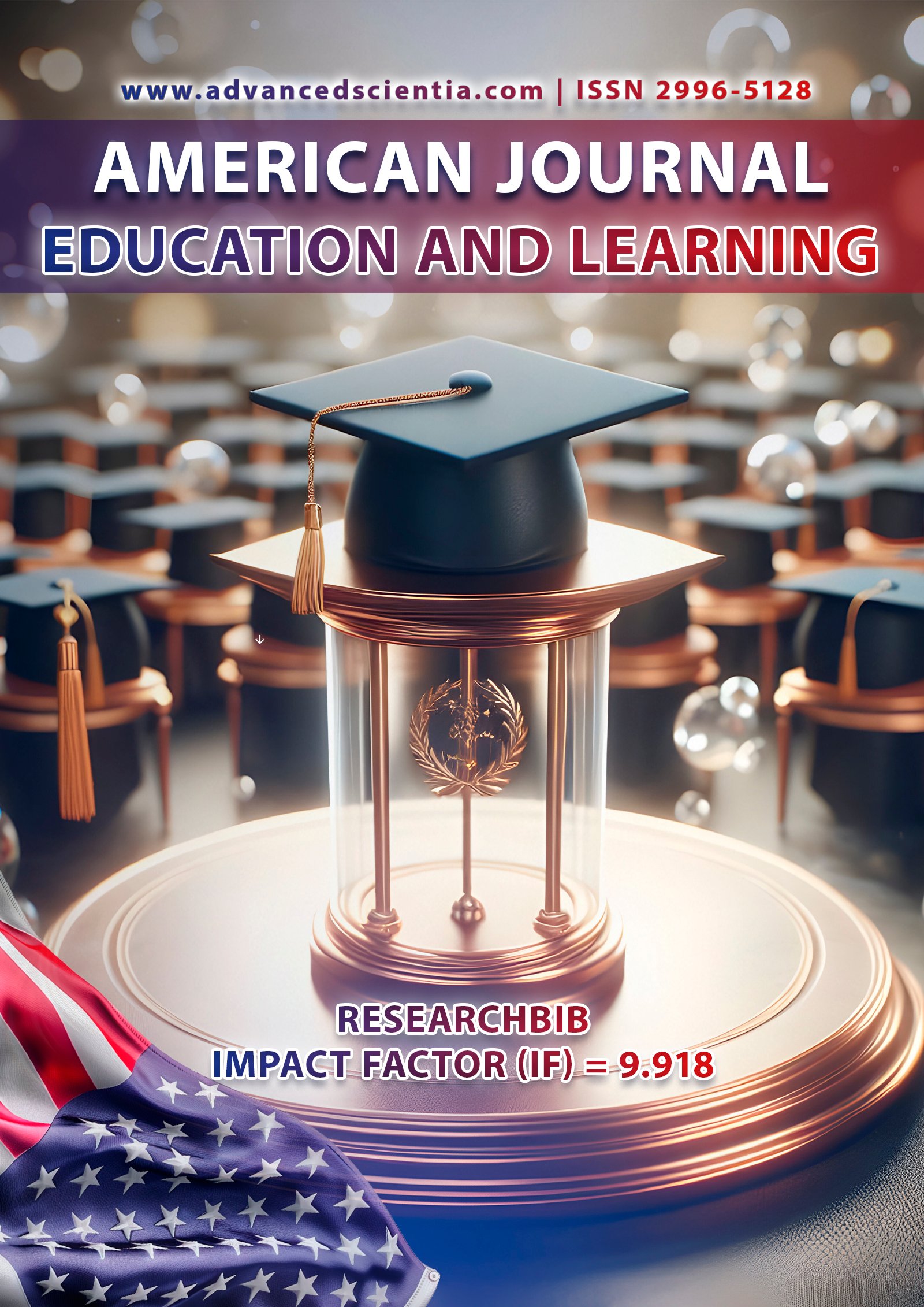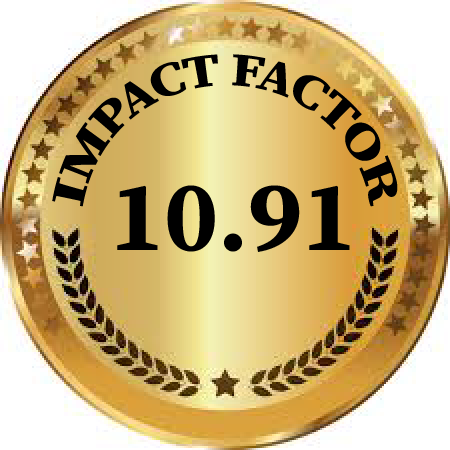THE PERSUASIVE POWER OF STORYTELLING IN ADVERTISING DISCOURSE
Abstract
Storytelling has become a cornerstone of persuasive advertising, transforming how brands connect with audiences and influence consumer behavior. Its effectiveness lies in the unique ability to engage emotions, enhance memory, and foster meaningful connections between brands and consumers. Emotional Engagement and Neurological Impact. Storytelling in advertising is powerful because it evokes strong emotional responses. When audiences engage with a narrative, their brains release hormones such as cortisol (attention), oxytocin (connection and empathy), and dopamine (hope and optimism, especially with happy endings)15. This neurochemical response makes stories not only more captivating but also more persuasive, as emotional resonance often bypasses rational resistance and directly influences attitudes and decisions. Facts and figures alone are easily forgotten, but when woven into a story, they become much more memorable. Research indicates that facts are approximately 22 times more likely to be remembered if they are part of a story. This is because storytelling activates multiple areas of the brain, including those responsible for sensory experiences and emotions, embedding the brand message more deeply in memory. As a result, storytelling can increase brand recall by up to 55% and boost conversion rates by 30%
References
10. 1. Artikov A.X. (2025) Linguistic ellipsis in English: Analyzing types and function of elliptical sentences https://multijournals.org/index.php/excellencia-imje/article/view/2991
11. 2. Craenenbroeck, J. and Temmerman, Tanja. 2018. “The Oxford Handbook of Ellipsis”. None. https://doi.org/10.1093/oxfordhb/9780198712398.001.0001
12. 3. Hederym, Maryna and Hlinka, Nataliya. NaN. “FUNCTIONING OF ELLIPTICAL STRUCTURES IN ENGLISH SCIENTIFIC AND TECHNICAL TEXTS”. None. https://doi.org/10.32839/2304-5809/2020-11-87-89
13. 4. Xin-ping, Wang. NaN. “Pragmatic Function of the Elliptical Sentences and E-C Translation Methods for EST Texts”. None. https://doi.org/None
14. 5. Bowie, J. and Popova, Gergana. 2019. “Grammar and Discourse”. None. https://doi.org/10.1093/OXFORDHB/9780198755104.013.8
15. 6. Payne, John. NaN. “ENGLISH WITHOUT VPS”. None. https://doi.org/None
16. 7. . NaN. “Syntactic identity and locality restrictions on verbal ellipsis”. None. https://doi.org/None
17. Akramov, I. (2020). Aphorism as an object of linguistic research. Центр научных публикаций (buxdu. uz), 1(1).
18. Akramov, I. (2020). The aphorism and the aphoristic style of communication. Центр научных публикаций (buxdu. Uz), 1(1).
19. Akramov, I. (2022). AFORIZIMLARNING LINGVISTIK JANR SIFATIDA RIVOJLANISHI‖, ILMIY NASHRLAR MARKAZI(buxdu. uz), 8 (8).
20. Akramov, I. I. (2022). The special the special characteristics of the aphorisms of the aphorisms. Центр научных публикаций (buxdu. Uz), 12 (12).
21. https://doi.org/10.1146/annurev-soc-030921-034152
22. https://doi.org/10.31234/osf.io/5b26t
23. https://doi.org/10.47622/9781928502647
24. Ikromovich, A. I. (2024). A Parallel Examination of the Aphorisms of Love by Shakespeare and Rumi. Best Journal of Innovation in Science, Research and Development, 3(1), 569-573.
25. Ikromovich, A. I. (2025). Utilizing Aphorisms in Uzbek and English to Express Linguistic Images of The World. International Journal of Language Learning and Applied Linguistics, 4(1), 79–83. https://doi.org/10.51699/ijllal.v4i1.354






















